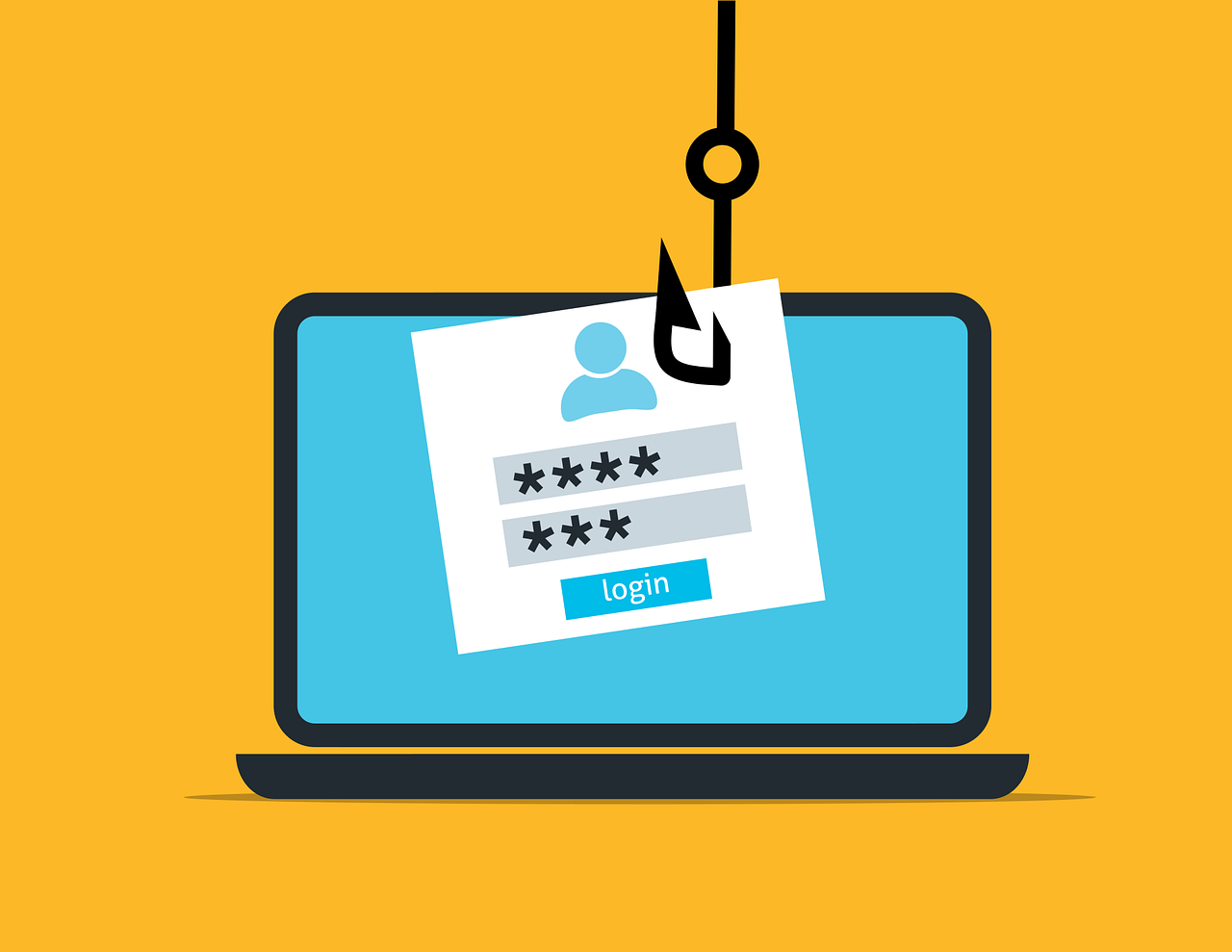The complete guide to protecting yourself from online identity theft

Every time you shop online, post on social media or log in to your favorite game, you’re sharing little bits of personal information about yourself. Most of the time, that’s fine, but in the wrong hands, these details can be used by strangers to open accounts in your name or access and take advantage of other accounts you own.
These risks are becoming a growing problem; one you can avoid by being informed and taking precautions. The good news is that with the right habits and tools, you can greatly reduce your risk level, continue enjoying your online activities and keep yourself and your digital presence safe.
What is identity theft?
Identity theft happens when someone steals your personal details and uses them without permission to commit fraud or other crimes. This stolen information could be your Social Security number, email password, credit card information or even your home address.
Thieves can use these details to make purchases, take out loans or create fake profiles, all under your name and without your knowledge.
How can someone steal your identity online?
There are many ways for criminals to get hold of your personal information without you realizing it. Some methods rely on tricking you into giving up your details, while others involve sneaky software or large-scale data leaks. Often, you are duped without even interacting directly with the hackers. Knowing how these attacks work can help you spot them early and avoid becoming a target.
Phishing scams
Phishing is when scammers pretend to be someone you trust, like your bank, your school or a well-known company. They send an email, text or message that looks official, asking you to respond in a way that reveals some of your private information. For example, they might appear to warn you about a “problem” with your account and ask you to click a link or call a number. All the time, you feel you’re going deeper into the institution’s trusted system, where eventually you reveal your login details, credit card number or other sensitive data.
Malicious software
Malware (short for “malicious software”) can sneak onto your device through sketchy downloads, suspicious links or infected attachments. Once installed, it can log your keystrokes, steal passwords or give hackers remote access to your files.
Data breaches
Large companies, hospitals and even schools store personal information in digital databases. If cybercriminals break in, they can steal thousands or even millions of records at once.
Oversharing
Posting personal details on social media might seem harmless, but too much information can make it easier for thieves to guess your passwords or security questions. Birthdays, pet names or your school’s name can all be used to impersonate you.
Protect your identity online
While identity theft can be serious, you have more control than you might think. By combining smart online habits with the right security tools, you can make it much harder for thieves to target you and much easier for you to spot suspicious activity before it causes damage.
Be defensive with sensitive information
- Avoid sending private details (like passwords or bank info) through email or text.
- Before entering sensitive information on a website, check that the connection is secure. Modern browsers (including Chrome) often hide the explicit “https” text, but they show a lock icon next to the address and a security panel if you click the site info. If you see a warning symbol or a “Not secure” label, do not enter personal information.
- Ensure you’re on the correct website by typing the address yourself instead of clicking links in messages.
Create strong passwords and keep them secret
- Use long passwords at least 14 characters long, with a mix of uppercase and lowercase letters, numbers and symbols.
- Never reuse the same password for multiple accounts.
- Store your passwords safely in a password manager or on paper in a secure place.
Use multifactor authentication
This extra security step requires a second proof of identity, like a code texted to your phone or a fingerprint scan, before allowing a login. Even if someone gets your password, they can’t log in without this second factor, making it an extremely powerful security measure you should enable whenever possible.
Using passkeys for stronger protection:
Passkeys are a newer, simpler, and more secure way to sign in without traditional passwords. Instead of typing a password, you use your phone, computer, or security key to confirm your identity—often with biometrics like Face ID, fingerprint, or a device PIN. Passkeys resist phishing and database leaks because they rely on cryptographic keys stored securely on your device. Most major platforms (Google, Apple, Microsoft and many websites) now support passkeys; enable them wherever available to significantly reduce the risk of account takeover.
Keep an eye on your account status
- Review bank and credit card statements regularly for unfamiliar charges.
- Regularly check for recent purchases made on your accounts.
- Watch for suspicious login activity and emails about unusual or new sign-ins.
Boost your computer’s security
- Keep your operating system, browser and apps updated.
- Use trusted antivirus software and keep it running.
- Secure your Wi-Fi with a strong password and avoid logging into important accounts over public Wi-Fi.
Use identity theft monitoring solutions
These services scan the internet for your personal details and alert you if they’re found in a data breach. Some also offer credit monitoring, insurance and support if your identity is stolen.
What to do if someone steals your identity
If your identity is stolen, acting fast is the key to limiting the damage. You must alert financial institutions, secure your accounts and report the crime to the proper authorities. Keeping good records of your actions can also help you recover access to your accounts faster.
- Act quickly. The faster you respond, the less damage a thief can do, so act the moment you notice something is amiss.
- Contact the bank and credit card companies associated with the compromised account. Report the fraud and freeze or close the account as soon as possible.
- Contact your service provider or the company managing the service you have an account with to let them know of your problem.
- Place a fraud alert with one of the major credit bureaus so lenders must confirm your identity before issuing new credit.
- Report the theft to the FTC at identitytheft.gov and file a police report.
- Keep records of all calls, emails and letters related to the case.
Protecting your online identity isn’t about avoiding the internet altogether; it’s about being thoughtful and careful about handling your digital information. By implementing strong security habits whenever you use your computer, tablet or phone, monitoring your accounts and staying alert for suspicious activity, you can make it much harder for thieves to target you.
Resources to learn more
- Identity Theft Next Steps
- Preventing and Reporting Identity Theft
- Top Tips for Staying Secure Online
- Preventative Tips to Protect Your Identity
- 10 Steps to Avoid Scams
- Identity Theft FAQ
- Identity Theft and Your Social Security Number
- Identity Theft Guide for Individuals
- Business Phone Service Plans
- Protect Yourself: Identity Theft
- Identity Fraud on the Internet
- What to Do if Your Identity Is Stolen



